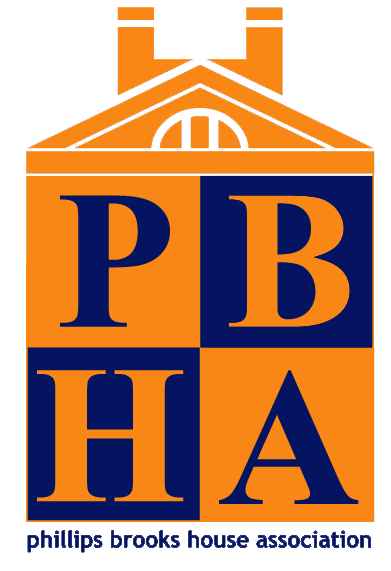Story #70: PBHA During the Great Depression and FDR’s New Deal
The following historical insight has been extracted from “Babbling Brooks"“ — an undergraduate thesis written by former PBHA president Donald Henry Gips in 1982.
PBHA has always aimed to connect students with the broader community, fostering a spirit of service and social responsibility. However, its mission underwent a significant transformation during one of the most challenging periods in American history: the Great Depression and the subsequent New Deal initiated by President Franklin D. Roosevelt (a former PBHA volunteer).
The Great Depression
Prior to the Great Depression in 1929, PBHA primarily focused on local and campus-wide public service activities, such as community mentoring and clothing drives. Unlike today, PBHA did not actively address the structural injustices present in society. When the Great Depression began and poverty and unemployment surged dramatically, PBHA struggled to fully acknowledge the crisis or adapt its programming to effectively respond to it.
“It seems that PBH was destined to realize the lessons of the Depression just as slowly as the rest of the nation. Not until the time of the New Deal would PBHA and the majority of Americans recognize that the unemployment and poverty plaguing the nation were the products of economic structures…In the early years of the Depression, PBHA continued to function in its established fashion—helping individuals, providing clothes, entertaining people, but never getting involved in political efforts to create structural change. Before 1932, PBHA had made no real acknowledgment of the economic crisis…PBHA has made no real attempts to do new work in the community and had concentrated its efforts on campus issues.” (p. 28, Gips)
The first actions taken by PBHA in the direction of meeting the new conditions caused by the Depression resulted from this letter:
“Everybody is agreed that the country as a whole will experience a winter when unemployment will be so severe as to create almost a national emergency. The question for us is what part can students play? There must be a way in which Harvard students can…show that they are not insensible to the welfare of others, and that is why I…put forward the suggestion that the Phillips Brooks House Cabinet might appoint a committee to investigate ways and means expressing their interest and desire to help…” - Tom Norris, Adviser in Religion to the PBHA President, Oct. 20, 1931
Subsequently, the Committee met and made recommendations, which the Cabinet adopted. However, the proposals (such as the expansion of their social services program) ultimately failed. PBHA volunteer enrollment dropped as Harvard students sought means to work during this financially-trying time.
PBHA did not truly address the ongoing economic crisis until the New Deal became an accepted part of the American consciousness years latter.
The New Deal
With rampant unemployment and widespread poverty, the federal government sought to revitalize the economy, create jobs, and improve social welfare using the New Deal. It was within this context that PBHA found both a challenge and an opportunity to deepen its commitment to community service.
Raymond Dennett, the PBHA Graduate Secretary at the time, sought to reframe PBHA from a hub for service to a place where:
“…students who are considering social problems in academic courses, whether they be in sociology, economics, or history, may come into actual contact with the conditions they are discussing.” (p.42)
As a result of this shift—where students sought new ways to actively engage with the broader community and its evolving struggles—new initiatives emerged. For example, PBHA launched a program that paired Harvard students with high school graduates who could not afford to attend college. These Harvard students provided tutoring and mentorship, helping to align the graduates' interests with potential subjects for higher education. The program proved successful in many ways, such as polls showing a majority of tutees felt the mentorship helped them land jobs.
These initiatives marked a significant shift in PBHA’s approach; it began to recognize that prevention is far more effective than reconditioning.
A Shift Towards Community Engagement
As the economic crisis unfolded, PBHA recognized the urgent needs of the local community. The organization expanded its outreach efforts, creating new programs to assist those most affected by the economic downturn. This included food drives, tutoring initiatives, and support for families struggling to make ends meet. PBHA's response was not just about charity; it was about empowering individuals and fostering resilience in the face of adversity.
Lasting Impact and Legacy
Although PBHA struggled to refine its mission and programming during these challenging times, it continued to explore new solutions to creatively meet the needs of the Greater Boston community. This commitment has remained evident during later crises, such as the COVID-19 pandemic. It is crucial to acknowledge both PBHA’s efforts and shortcomings within a historical context, as there are valuable lessons to be learned. While this summary simplifies a complex situation, it underscores the importance of reflection and growth.
